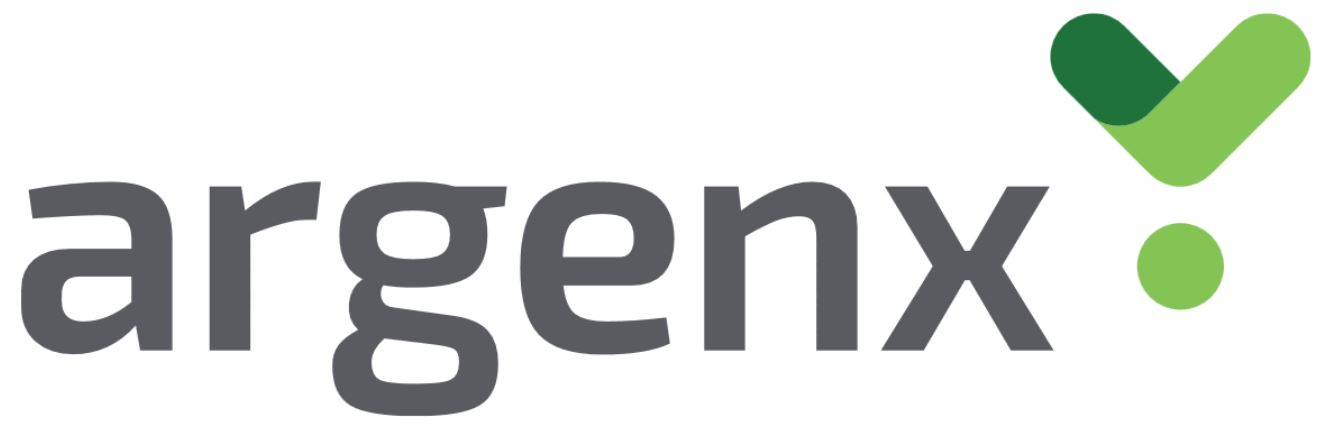
Customer Case
argenx: A collaborative approach to data migration
Faced with increasing complexity in Trial Master File (TMF) migrations, global immunology company argenx recognized both a challenge and an opportunity. In collaboration with NNIT, they co-created the eTMF Migration Factory – a scalable solution designed to streamline processes, minimize manual effort, and ensure consistent data quality across CRO submissions.

When argenx, a global immunology company, encountered growing complexities in managing Trial Master File (TMF) migrations, they saw both a challenge and an opportunity. To address it, argenx partnered with NNIT to co-create a more efficient, scalable approach. The result was the eTMF Migration Factory, a solution built through collaboration to reduce manual effort and improve data consistency across CRO submissions.
Collaboration is a foundational principle for both NNIT and argenx. At argenx, it is embedded in their R&D model, where multidisciplinary teams - including scientists and antibody engineers - work together to advance immunology therapies. This spirit of collaboration, reflected in their guiding principle “together we discover”, also defined the joint development of the eTMF Migration Factory. The solution optimized TMF (Trial Master File) migration according to the specific requirements of argenx, but it also has applications beyond the project.
The culture at argenx is built on the collective power of the team. In this project, the argenx and NNIT teams combined clinical and data migration expertise to solve a business challenge with results we can all be proud of.
Francesco Fiorentini, BIS Lead, argenx
Reducing Repetition Through a Reusable Migration Model
Collaboration across multiple contract research organizations (CROs) introduces operational complexities - particularly in managing Trial Master File (TMF) migrations. Each CRO may use different systems and structures, making consistency, quality, and efficiency difficult to maintain without a standardized, scalable approach.
Dealing with TMF transfers from multiple CROs means multiple systems, transfers sent at irregular intervals, and variations in the structure of data. While the TMFs are digital (i.e. eTMFs) and the eTMF transfers are conducted digitally (typically via FTP), the overall process was manual, and time-consuming. This created difficulties in the Clinical, QA, and Validation teams at argenx.
The teams had to initiate mini-projects each time an eTMF transfer was received. These efforts focused on ensuring data quality, completeness, and consistency - but involved manual verification and oversight, making them highly resource-intensive. At the same time, there was a high degree of repetition, with teams performing the same activities with every new eTMF submission, regardless of the CRO.
From Concept to Scalable Solution
To address this, argenx proposed a concept : converting the manually intensive process for TMF migration into a validated process driven by automated verification. The initial validation for each CRO requires manual steps, but the time and effort for subsequent TMF transfers would be significantly reduced.
NNIT’s data migration specialists, in collaboration with the argenx BIS team, developed this concept into a working solution. Drawing on lessons from large-scale eTMF migrations and leveraging the TRUseries GxP migration and verification software, the team implemented what became the eTMF Migration Factory.
The eTMF Migration Factory establishes continuous migration framework. It re-uses the logic developed during the first submission from a CRO on every subsequent submission, enabling automated verification and validation of TMFs.
Significant changes in a CRO's submission, such as the introduction of a new CRO eTMF system, will require increased involvement from Validation and QA resources. However, once the new structure is aligned, the existing logic can be reused to once again automate verification and validation.
The solution automated previously resource-intensive processes while also helping us align the work of our CRO partners with our requirements as a sponsor. We benefit as a business, and our CRO partners benefit too, but patients are the ultimate beneficiaries through our immunology innovations.
Francesco Fiorentini, BIS Lead, argenx
Proven Results and Tangible Benefits
The results of the eTMF Migration Factory exceeded expectations. A key part of those results focuses on the resources required to verify and validate an eTMF transfer. It’s important to highlight that there is limited benefit during the first submission of an eTMF from a CRO. QA resources must invest the same amount of time as in the traditional process, while the validation effort may increase by up to 25 percent, test effort for Clinical Teams is reduced by up to 50 percent, thanks to a reduction in manual verification.
It is during the second and subsequent submissions that the benefits become more significant and the results are substantial. For the second and all following eTMF transfers from a CRO that are similar to the first, the results were 95 percent reduction in validation effort and 100 percent reduction in QA effort.
This means the benefits of the Migration Factory solution are cumulative - the more submissions received from a CRO, the greater the efficiency. The savings also scale across multiple CROs. Even with just two eTMF transfers from a single CRO, the formal test effort is reduced by 55 percent.
Of similar importance was the implementation of a predictable schedule for eTMF transfers, enabling argenx to effectively plan and manage its validation and QA resources.
Overall, the Migration Factory concept addresses the challenges of eTMF transfers exceptionally well. With the success achieved through this collaboration, we are now exploring new applications and use cases for the solution. Over time, argenx plans to extend the Migration Factory beyond eTMF and into other business areas. A Data Verification Factory is even under consideration.
NNIT has been involved in many large-scale migration projects. We were able to use those learnings to develop this continuous migration solution with applications in eTMF migrations and beyond.
Clemens Laumeier, Client Engagements, NNIT
A Migration Framework for Broad Application and Enhanced Verification
The project described in this customer case is one application, but the reusable, validated, and verified migration framework developed can be applied across various use cases. This includes where data transfers are more frequent and/or occur at intervals to improve oversight.
Where alternative methods for migration are in use e.g. vendor supplied Platform to Platform transfer capabilities – the automated verification capability of the Migration Factory can continue to significantly reduce Sponsor testing effort.
At NNIT, we bring digital transformation to life, and we are delighted that this collaboration really hit the mark for our customer, argenx. It was great to be part of the collaborative team that brought the concept developed by Francesco to fruition.
Jakob Sassersen, Associate Vice President, Digital Consulting, NNIT
Want to learn more?
Please get in touch to learn how the Migration Factory solution can be applied to your continuous data migration and verification needs.
